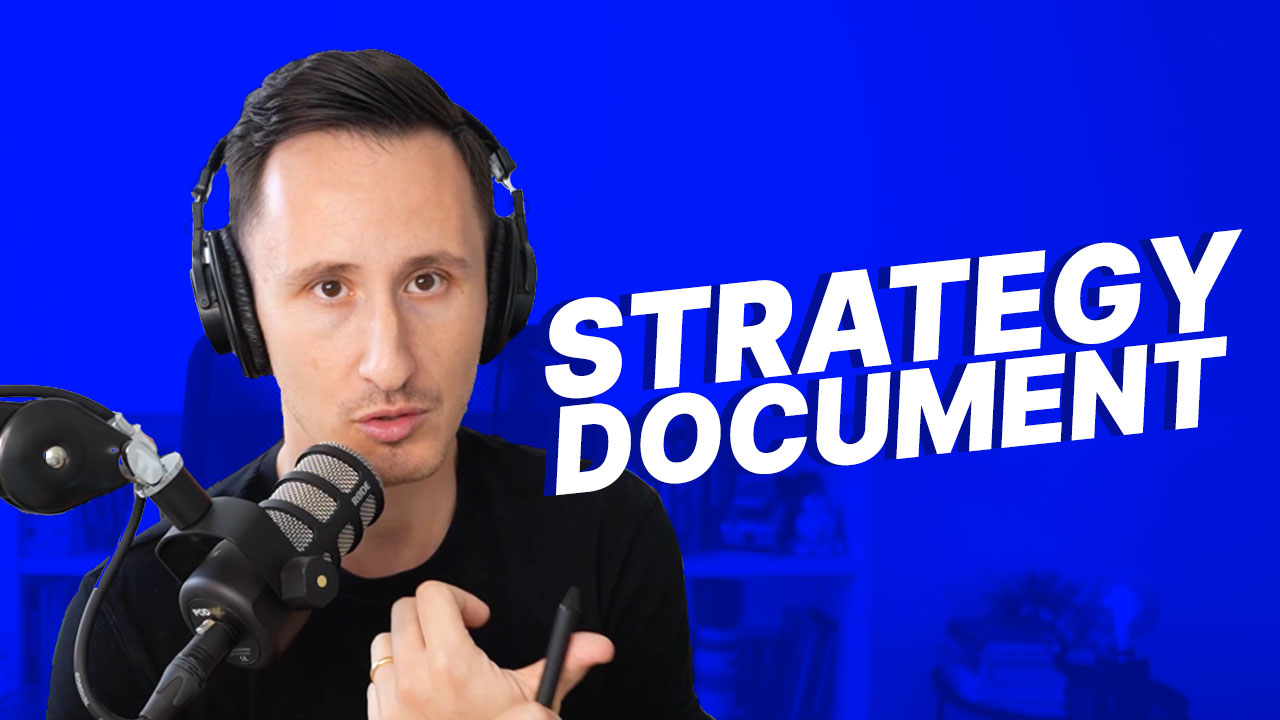What Does it Mean to Consider a Product an MVP?
As a product manager, I’m always thinking about how to ensure the success of the products I’m responsible for. One concept that is particularly important to me is the MVP, or Minimum Viable Product.
But what does it really mean to consider a product an MVP? For me, it means that until there is a large user base actively using the product and providing valuable feedback, we can’t be certain that it is the right fit for the market. It is only through this feedback loop, where we gather data and insights from real users, that we can truly determine the Product-Market-Fit of the product.
Advanced MVPs Still Need User Feedback
Now, you might be thinking, “But we’ve been working on this product for a while and have made significant improvements and updates. Surely it can’t still be considered an MVP?” And while it’s true that the product may have come a long way since its initial launch, the fact remains that until there is enough evidence to prove that it is meeting the needs of the market, it is still important to consider it an MVP.
Determining the “Right Fit”
But what do I mean by the “right fit”? This can be a tricky question, as the “right fit” will vary depending on the specific circumstances of the product and the market it is targeting. It could refer to meeting the needs of the sales team, or ensuring that the customer is happy with the product. The key is to gather enough data and feedback from users to determine which factors are most important to focus on.
The Importance of Continuously Gathering User Feedback
So, even if a product is an advanced MVP that has been in development for a while, it is still crucial to keep gathering user feedback and data in order to ensure that it is meeting the needs of the market and is on track to be a success. This is why, as a product manager, I always prioritize that feedback loop and use it to guide the direction of the product. It’s a key part of my strategy for ensuring that the products I’m responsible for are successful in the long run.
Conclusion
Gathering user feedback and data can be a time-consuming process, and it’s not always easy to get the insights you need. But trust me, it is worth the effort. By continuously gathering this data and using it to inform your product strategy, you can be confident that you are building something that meets the needs of the market and has a strong chance of success.



